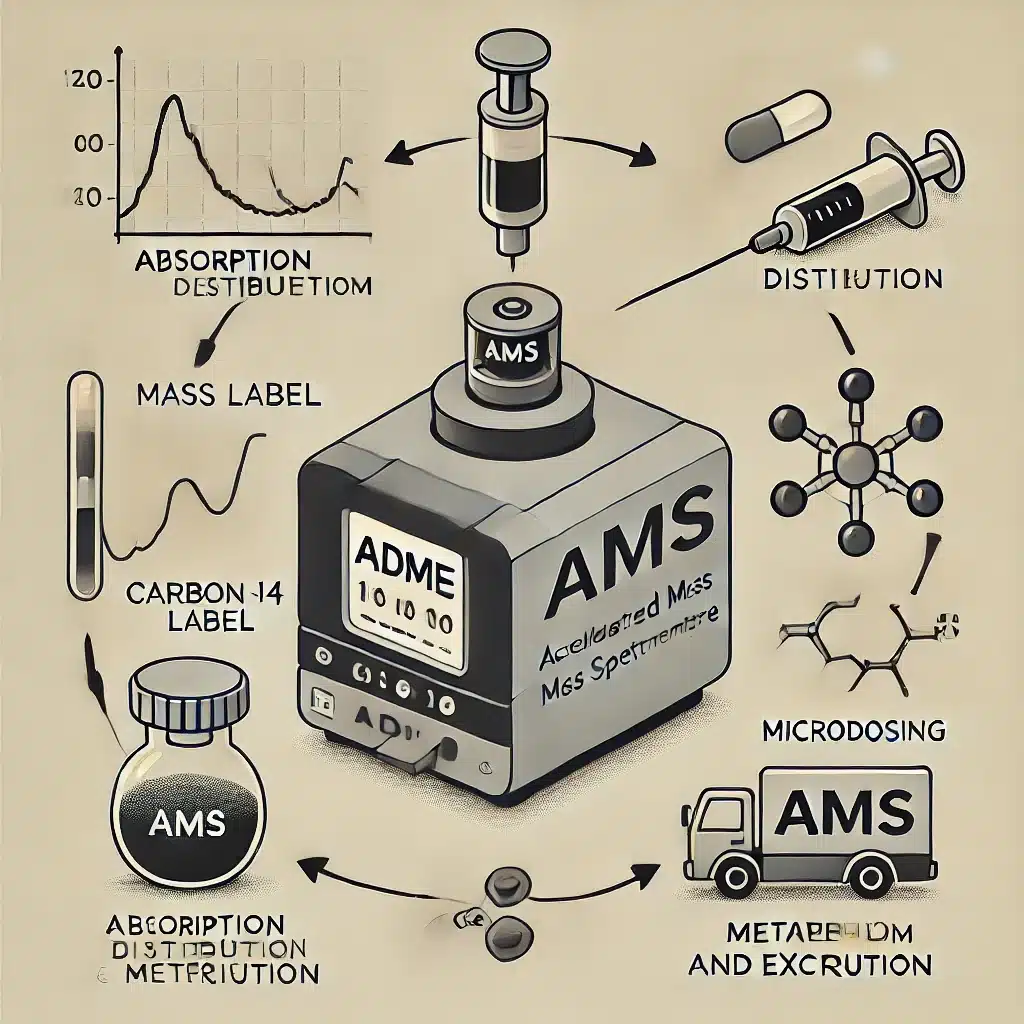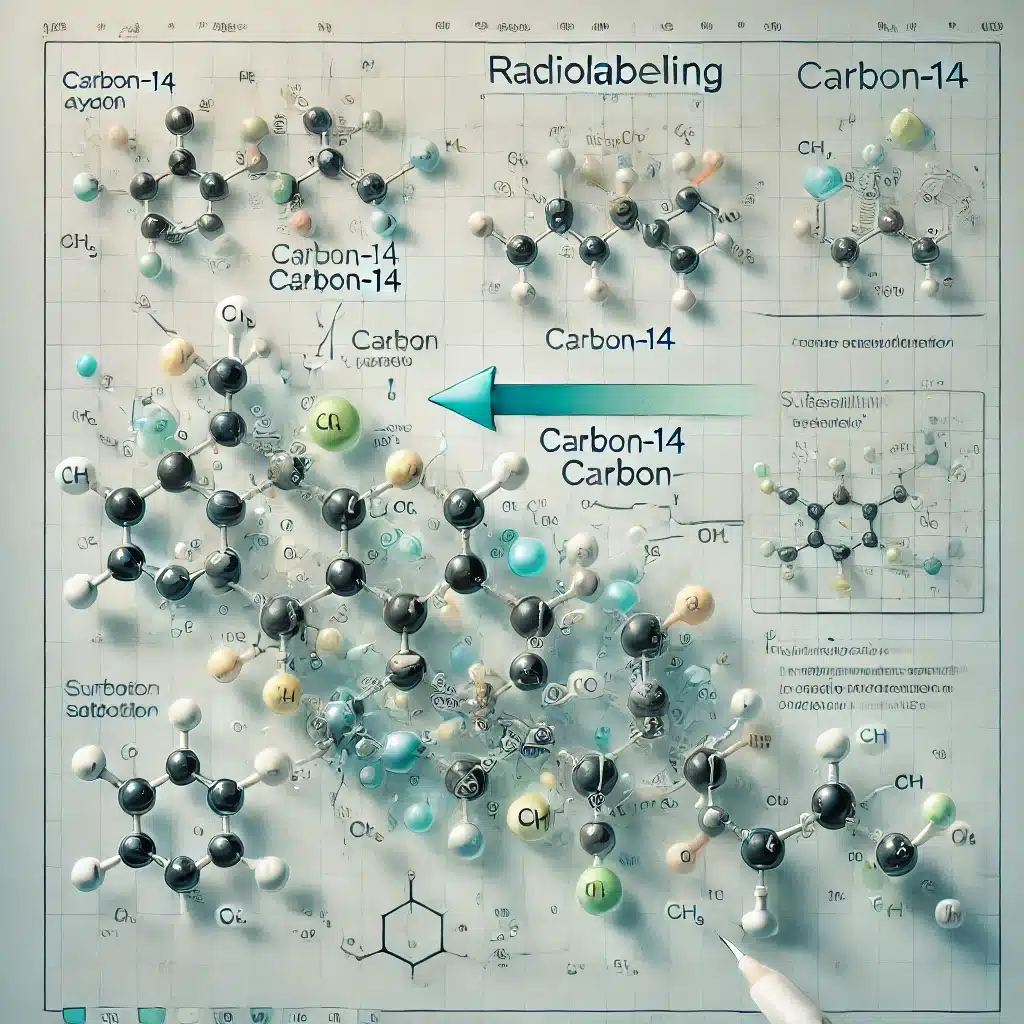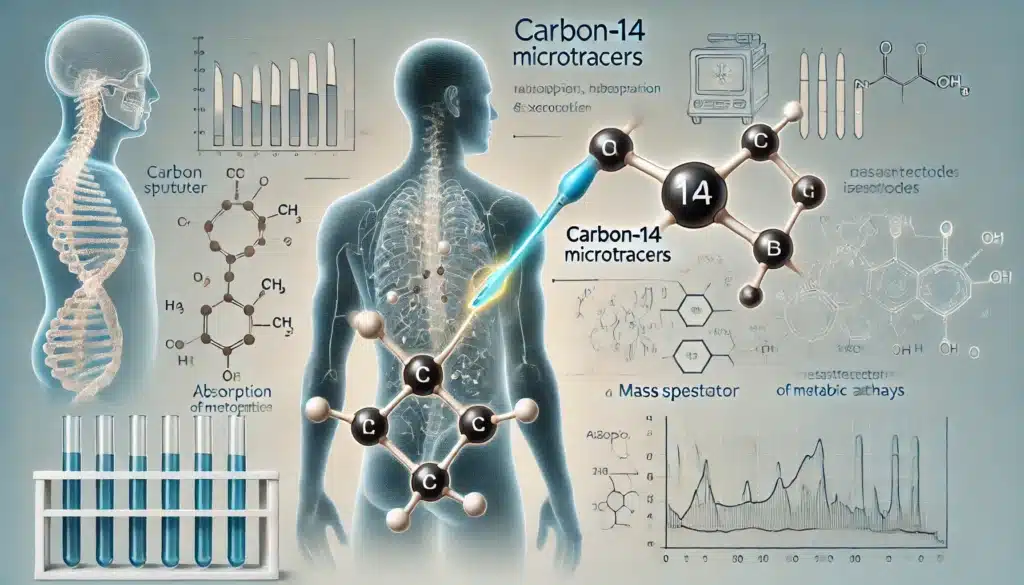Summary: Martin Kamen, an American chemist, worked tirelessly for three consecutive days and nights alongside his colleague Sam Ruben in pursuit of a groundbreaking scientific goal. Their work, which involved bombarding graphite with subatomic particles, aimed to create new forms of carbon with potential practical applications. This endeavour led to the discovery of carbon-14, a discovery that would revolutionise the field of radiocarbon dating and significantly impact both scientific research and archaeology. This article explores the background of Kamen’s dedication, the experimental process, and the far-reaching implications of their discovery.
Introduction to a Scientific Journey
In the early 1940s, scientific research was driven by curiosity and the pressing needs of a world on the brink of significant change. It was in this context that Martin Kamen, a dedicated chemist with an unparalleled work ethic, pushed the boundaries of knowledge alongside his colleague Sam Ruben. Their research was focused on the manipulation and examination of carbon isotopes, seeking new variations that might hold untapped potential.
The Context of the Experiment
The 20th century was a time of scientific exploration, particularly in the area of atomic physics and chemistry. The study of elements and their isotopes was integral to advancements in fields ranging from energy production to medicine. At the University of California, Berkeley, Kamen and Ruben were part of a team that sought to uncover the mysteries of radioactive isotopes, which were being harnessed for a variety of purposes.
Graphite, a crystalline form of carbon, became the focal point of their experiments. By bombarding it with subatomic particles, particularly neutrons, they aimed to induce transformations that could yield new carbon isotopes with unique properties. The work required extreme precision, focus, and an enduring commitment to long hours in the laboratory.
An Unrelenting Dedication
Kamen’s dedication to his craft was legendary, but nowhere was it more evident than in the marathon three-day and three-night stretch of continuous work that culminated in the discovery of carbon-14. This feat of endurance underscored not just Kamen’s commitment but also the relentless pursuit of answers that defined the scientific community at the time.
The human body’s need for sleep is not something that can be easily overridden. For Kamen, however, the urgency of completing this experiment was greater than the natural demands for rest. Reports and recollections from colleagues suggest that Kamen’s eyes, weary and bloodshot, betrayed the exhaustion his mind refused to acknowledge. It was during this period of concentrated effort that the defining breakthrough was made.
The Discovery of Carbon-14
The experiment involved exposing graphite to a neutron source. In the process, carbon atoms within the graphite were altered, resulting in the formation of new isotopes. After painstaking analysis and numerous trial-and-error approaches, Kamen and Ruben succeeded in identifying an isotope of carbon that had not been previously observed: carbon-14.
Carbon-14 was radioactive, decaying over time with a half-life of approximately 5,730 years. This property made it remarkably different from the more stable carbon isotopes, such as carbon-12 and carbon-13. Its radioactive nature hinted at potential applications in tracing and dating organic materials, although the full impact of this discovery would only be realised in the years to come.
Challenges and Immediate Implications
The discovery did not come without challenges. The lab equipment of the time was rudimentary compared to modern standards, requiring Kamen and Ruben to be both resourceful and resilient. Handling radioactive materials also presented health risks that were not fully understood at the time, adding a layer of personal risk to their already demanding work.
Yet, the immediate scientific implications of carbon-14’s discovery were profound. The isotope opened up new avenues for research in biochemistry and the burgeoning field of nuclear medicine. Its ability to trace carbon atoms through biological systems allowed scientists to study metabolic processes in ways that had previously been impossible. Kamen’s work laid the foundation for radiotracers, which are now routinely used to diagnose and monitor diseases.
From the Laboratory to Global Impact: Radiocarbon Dating
While the initial discovery was significant, it was the subsequent application of carbon-14 that would transform various fields of study. The isotope’s relatively long half-life made it an ideal candidate for dating organic materials, a concept that would be developed by Willard Libby in the late 1940s. Libby’s pioneering work, which utilised Kamen and Ruben’s discovery, earned him the 1960 Nobel Prize in Chemistry for the development of radiocarbon dating.
Radiocarbon dating allowed for the accurate determination of the age of archaeological finds, including ancient artefacts, fossils, and historical remains. This method revolutionised the study of history and prehistory, offering precise timelines and new insights into human civilisation and environmental changes over thousands of years.
Kamen’s Challenges and Legacy
While Kamen’s scientific achievements were substantial, his career was not without controversy and setbacks. During the height of anti-communist sentiment in the United States, Kamen faced accusations that would tarnish his professional reputation and affect his career trajectory. In 1944, Kamen was investigated by the FBI on suspicion of espionage, primarily due to associations and activities deemed suspicious during a time when paranoia and fear were rife.
These accusations, unfounded as they were, resulted in Kamen being blacklisted and struggling to find employment in the field he had devoted his life to. Nonetheless, he continued to contribute to science, albeit with fewer resources and recognition than his peers.
Despite these challenges, Kamen’s legacy lives on through the transformative impact of carbon-14. His dedication, evident in his three-day and night marathon of work, demonstrated the perseverance that is often required in the pursuit of scientific breakthroughs. The applications of his discovery have touched disciplines as varied as palaeontology, geology, and environmental science.
The Broader Implications of Scientific Dedication
Martin Kamen’s story is emblematic of the sacrifices made by scientists who strive for progress. The gruelling hours, the personal risks, and the intellectual challenges are part and parcel of groundbreaking research. Kamen’s efforts, along with Ruben’s collaborative support, highlight the importance of teamwork, relentless inquiry, and the willingness to push beyond the limits of human endurance.
Moreover, the discovery of carbon-14 serves as a reminder of the sometimes-unpredictable nature of scientific work. Aimed initially at exploring new isotopes for potential applications, the finding’s most revolutionary use—radiocarbon dating—was not fully realised until years later, proving that the seeds of scientific discovery can take time to bear their most significant fruit.
Conclusion
Martin Kamen’s contribution to science, marked by an extraordinary period of sustained work without rest, stands as a testament to human curiosity and perseverance. The discovery of carbon-14 not only advanced scientific understanding but also reshaped the way researchers approach the past. His story is a reminder of the hidden toil behind great discoveries and the far-reaching consequences that a single breakthrough can have across multiple fields.
In celebrating Kamen’s achievement, we also acknowledge the broader lesson that science is both a pursuit of knowledge and a demonstration of resilience. The creation of carbon-14, born from three days and nights of tireless work, continues to illuminate the path of discovery for generations to come.
Disclaimer
The article Carbon-14 Unleashed: Martin Kamen’s Epic Quest that Changed Science Forever is published by Open Medscience for educational and informational purposes only. While every effort has been made to ensure the accuracy of historical and scientific details, the content should not be interpreted as definitive academic or professional advice.
The narrative includes descriptions of historical scientific practices and working conditions that reflect the norms of a different era. These do not represent current health and safety standards or professional expectations in modern scientific research. Additionally, references to individuals and events are based on publicly available information and historical accounts; any interpretation or commentary remains the author’s own and does not necessarily reflect the views of Open Medscience or its affiliates.
Open Medscience does not accept responsibility for any errors, omissions, or consequences arising from the use of the information presented in this article. Readers are encouraged to consult original sources and peer-reviewed literature for more detailed and authoritative discussions.
You are here: home » diagnostic medical imaging blog »



